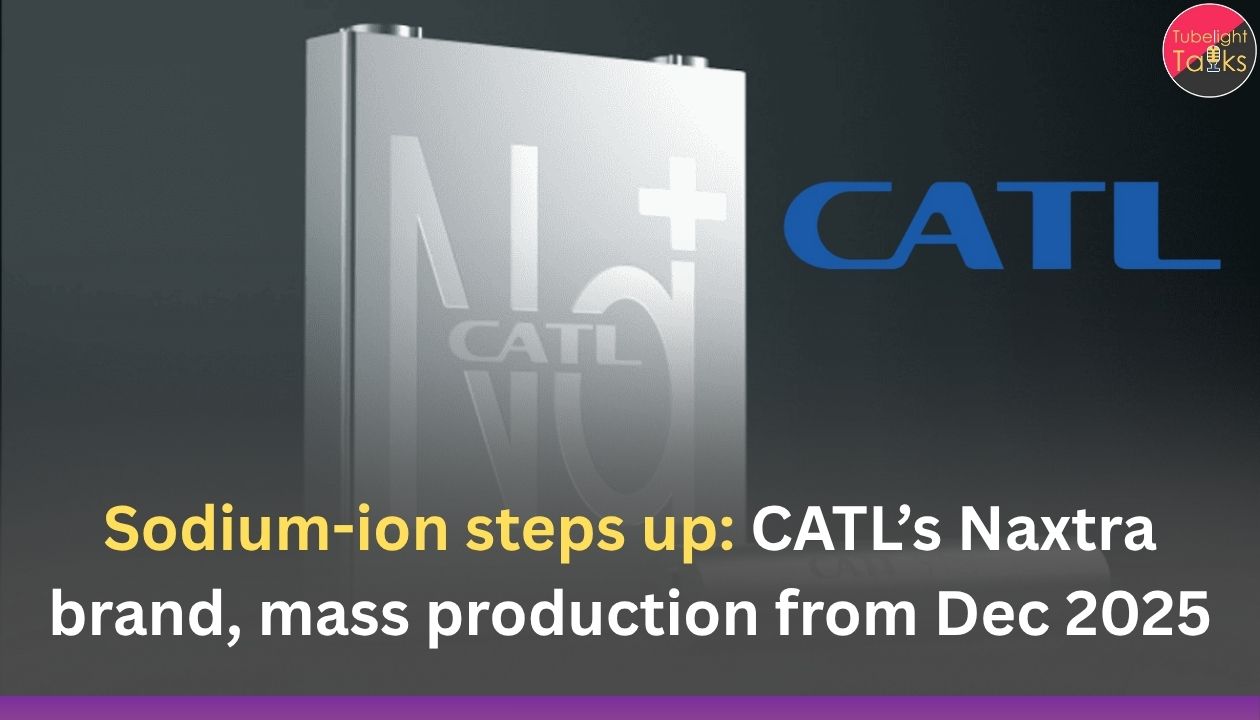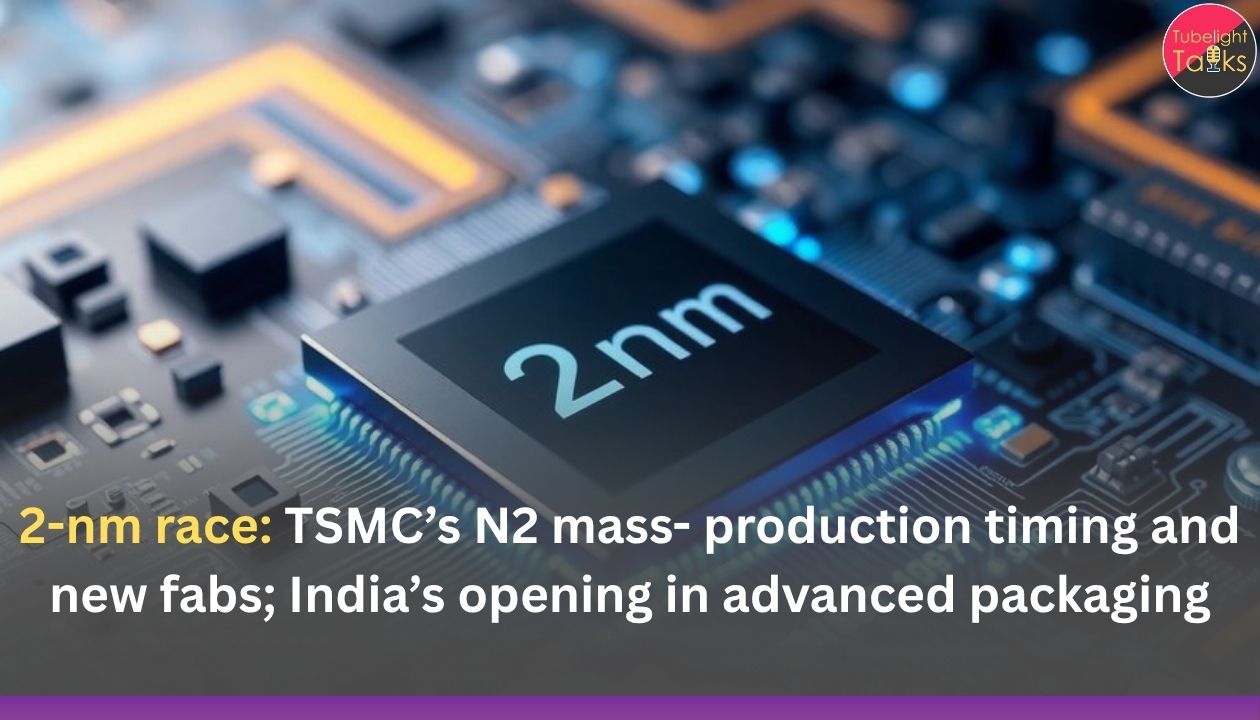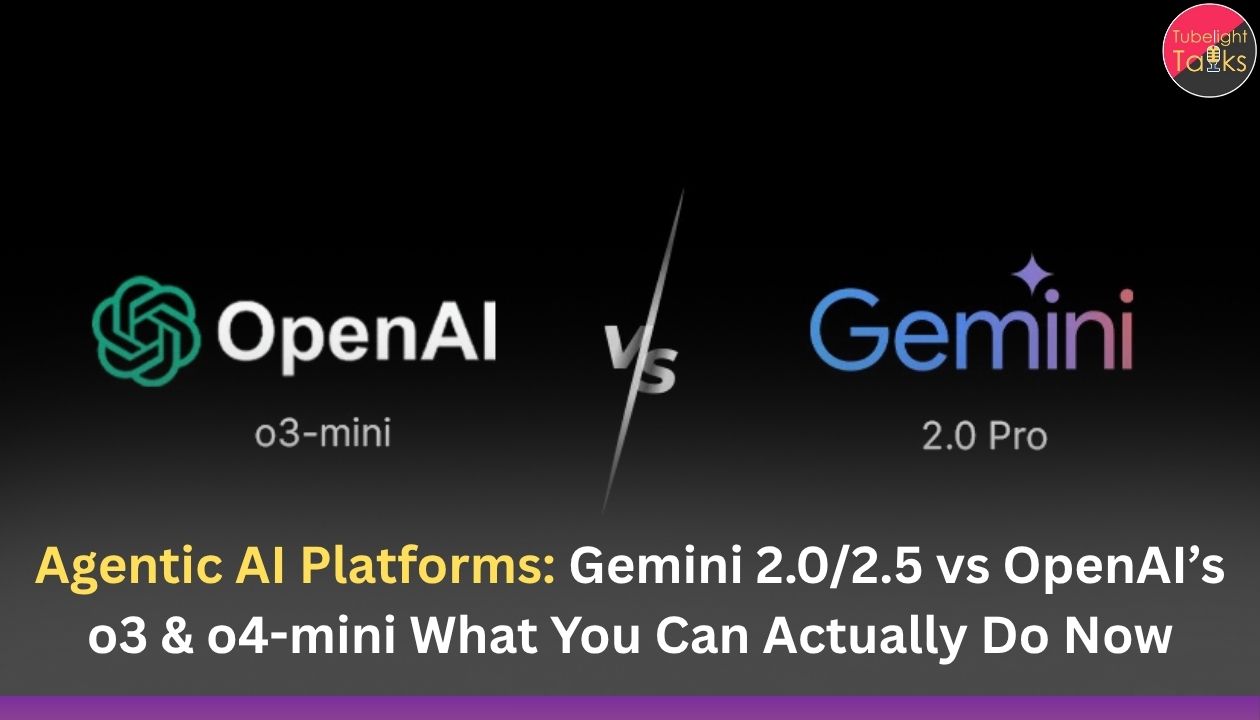Sodium-ion steps up: CATL has introduced Naxtra, its new sodium-ion battery line, with mass production set to begin in December 2025, positioning the launch alongside its next-generation fast-charging technologies. Early company briefings indicate an energy density of around 175 Wh/kg—comparable to LFP—combined with fast-charge performance and reliable operation across extreme temperatures, from –40°C to 70°C.
The technology’s strongest appeal lies in its safety and cost structure: sodium is abundant, free from cobalt and nickel, and carries a significantly lower risk of thermal runaway, making it an attractive option for mass-market EVs and large-scale energy storage systems.
Where sodium-ion is likely to slot in (near-term)
- Electric two- & three-wheelers (urban duty): Range/weight needs are modest; Na-ion’s safety and cost can trump its lower energy density.
- City cars & micro-EVs: Short, frequent trips; pack volume is less constrained than in long-range cars.
- Commercial last-mile fleets: Predictable routes + depot charging; cost per km matters more than ultimate density.
- Stationary storage (BESS): Behind-the-meter, telecom towers, and utility peakers—where cost, cycle life, and safety outrank Wh/kg.
- Cold-weather markets: Sodium’s low-temp performance is a plus for winter reliability.
Where LFP (and NMC) still hold ground—for now
- Long-range passenger EVs & intercity buses: Volume/weight constraints and high Wh/kg still favor LFP/NMC today.
- High-performance use-cases: Peak power and pack compactness keep NMC in play in premium segments.
Could sodium really replace LFP?
CATL’s founder Robin Zeng has suggested sodium-ion could eventually replace up to half of current LFP demand—a directional statement contingent on cost curves, supply chains, and OEM adoption. Even optimists expect a portfolio world: Na-ion taking share in cost-sensitive, safety-critical niches, while LFP/NMC anchor high-density needs.
Certification & readiness
- China safety standard: Reports in Sept 2025 say Naxtra passed China’s new national battery safety certification, clearing a key hurdle ahead of production.
- First integrations: Media suggest early deployments in modular/pack-swap platforms, with broader vehicle integration in 2026. Treat timelines as indicative pending OEM announcements.
What to watch through 2026
- Ramp evidence: photos/filings of production lines, vendor orders, and monthly output.
- OEM programs: which e-2W/3W makers, city EVs, or fleet operators announce Na-ion variants.
- BESS bids: Na-ion modules turning up in telecom and distribution-level tenders.
- Cost per kWh & cycle life: third-party tests vs LFP under Indian climate profiles.
- Cold-start performance: real-world data in sub-zero markets against company claims.
LFP vs Na-ion—quick comparison
- Energy density: LFP ≥ Na-ion today (though ~175 Wh/kg narrows the gap).
- Safety: Both strong; Na-ion’s cathode chemistry is intrinsically low-risk.
- Cost/materials: Na-ion avoids lithium and phosphates, easing supply pressure.
- Use-case fit: Na-ion shines where cost, safety, temp tolerance matter more than compactness (two-/three-wheelers, BESS). A balanced chemistry portfolio is likely for OEMs. (Industry consensus reviews.)
Growth with Grace
Drawing on Sant Rampal Ji Maharaj’s ethic of human dignity and true devotion as per Supreme Almighty teachings, sodium’s rollout should pair ambition with accountability: publish scorecards (safety incidents, energy/water per kWh, recycling rate), invite independent audits, and reserve affordable packs for edge users – so chemistry innovation becomes shared progress, not just cheaper cells.
From Announcement to Adoption
Sodium-ion’s future now hinges on execution: over the next 12–18 months, Naxtra must move from slides to shipments with independently verified cycle-life and safety data, cold-weather performance that matches the claims, clear pack certifications and warranties, and visible OEM launches in e-2W/3W, city EVs and BESS pilots.
If pricing per kWh undercuts LFP in these segments and recycling and supply chains (anodes, electrolytes, separators) scale without surprises—sodium won’t just nibble at the market; it will widen it, leaving LFP/NMC to serve the high-density tiers.
Pair with fair access for edge users, and this chemistry shift becomes progress you can measure, not just imagine.
Read Also: India’s battery capacity to 100 GWh by 2026?: What that means for grid storage and e-mobility
FAQs: CATL’s sodium-ion steps up
1) When does CATL’s sodium-ion mass production start?
CATL says December 2025 for Naxtra mass production. Initial vehicle integrations widen in 2026.
2) What’s the quoted energy density? How close is it to LFP?
Around 175 Wh/kg, which approaches LFP territory on some packs.
3) Is sodium-ion safer than LFP?
Both are considered safer chemistries than high-nickel cells; Na-ion’s cathode is combustion-resistant and performs well in cold. Always check pack-level certifications.
4) Which segments are the best early fits?
e-2W/3W, city micro-EVs, last-mile fleets, telecom backup, and BESS—where cost and safety beat sheer energy density.
5) Will sodium-ion replace LFP entirely?
Unlikely. CATL’s CEO floated up to half of LFP being displaced over time, but a mixed-chemistry market is more realistic.










